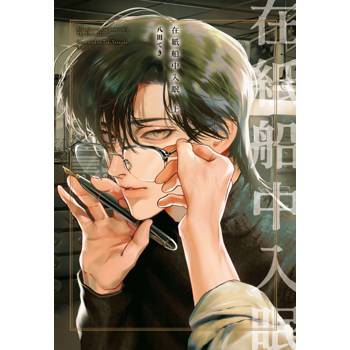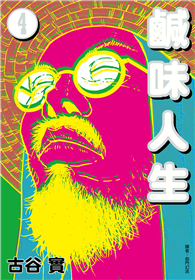This book introduces and explains the emergent and dynamic discipline of media arts education and its potentials for educational transformation. Through an examination of its theoretical principles, holistic pedagogy, adaptive instructional practices, and diverse creative capacities, it demonstrates how media arts education can lead to a more student-centered, interdisciplinary, and effective educational model.
Chapters combine academic research and practical examples to give an in-depth understanding of media arts education as it exists within schools today, as well as its potential for educational advancement. Author Dain Olsen provides an instructional framework for the discipline, including its history, research from cognitive and learning science, pedagogical principles, and examples of instructional practice. The book discusses how media arts education promotes active, multimodal and inquiry-based learning, constructivist methodology, and transdisciplinary integrations. Media arts affords students the ability to construct and simulate anything imaginable, supporting their self-directed creative inquiry. Not only can they create the myriad of artistic media, they can use it in representing and applying any core content so that it becomes aesthetically interactive, malleable and understandable. Later chapters include examples of media arts educator practices with lesson descriptions, project sequences, and instructional narratives. The book argues that media arts education can form a multimodal, interconnective, and adaptive educational system that is more empowering, engaging, flexible, and equitable for all students’ academic success.
This resource is an essential companion for media arts educators at all levels. As it covers integration across a variety of contexts, it will additionally benefit educators in the fields of visual and performing arts, career technical education, media studies, computer science, and STEM and STEAM education.











